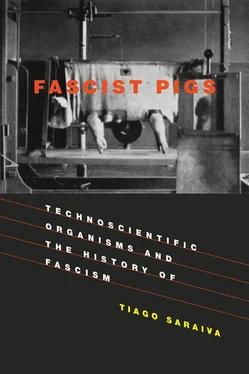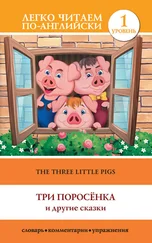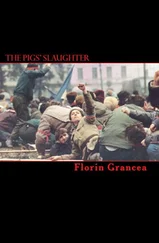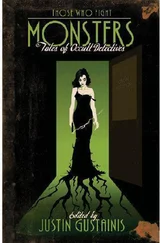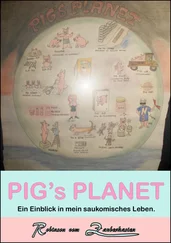The German seed decree seems a combination of the American Plant Patent Act and the American Seed Act. In Germany, commercial varieties entering the Reichssortenlist had their intellectual rights protected. The list guaranteed for the first time some sort of protection to German commercial breeders of their creations, in the form of license fees from farmers who sold replanted versions of original varieties. The similarities may suggest that we are only talking of general modernization processes. But the differences were indeed relevant. The BRA scientists were emphatic about the distances of the system they created from the issuing of a patent, noting that commercial breeders could not release in the market new products if the BRA had not confirmed their value for the Battle of Production. [64]It was not enough for a commercial breeder to develop a new variety. The BRA could exclude it from the list for not complying with wart-resistance standards. Indeed, of the approximately 120 new varieties sent in annually by commercial breeders to the BRA for approval, only a few got onto the list. By 1938 the list included only 64 varieties. [65]In other words, it was not for the market to decide the value of a variety; such value was defined at the BRA in accordance with the general food policy of the regime as established by the RNS.
But the most interesting difference may lie in the fact that the American Plant Patent Act explicitly excluded potatoes from its realm of application. In the German case, potatoes, as we saw, were actually the origin of the seed decree. The justification in the US for excluding potatoes, although they are also reproduced asexually trough tuber propagation, was their availability everywhere and the easiness with which the patent could be infringed and the consequent discredit of the entire plant patent system. [66]According to the American promoters of the Plant Patent Act, there was just no way of enforcing breeders’ rights in the case of potatoes. Well, that was exactly what the extended territorial structure of the RNS offered in Germany: a surveillance system that guaranteed the enforcement of the seed decree. In 1937 the Nazi propaganda of the Battle for Production boasted that at least 80 percent of the commercialized seed potatoes in Germany were wart-resistant certified potatoes. [67]Only those potatoes that kept to the resistance standards established by the BRA deserved to be cultivated in German soil. The weeding out of hundreds of potato traditional varieties from German fields is eloquent enough testimony to the misleading characterization of Darré’s Reichsnährstand as an institution resisting modern science and technology.
The contrasts are indeed illuminating. In both countries commercial breeders were the first obvious beneficiaries of the plant patents and seed decrees. But in Nazi Germany the BRA, through its standards, ensured that their commercial releases were aligned with the regime’s food policies as expressed in the Battle of Production. In addition, potatoes were at the core of the German system, something that made sense only because a centralized state infrastructure such as the RNS controlled the entire seed market.
The Colorado Potato Beetle
Relations between plant pathology and the Nazi reorganization of peasant life as materialized through the RNS were not limited to seed standardization. With the Decree on Plant Protection (Reichspflanzenschutzgesetz) issued in March of 1937, the RNS took over the regional structure of the Plant Protection Offices, previously in the hands of the BRA, and integrated it into Department II of its Organizational Chart—the Farm. [68]The Landesbauernschäfte of the RNS were now the ones that organized and funded each of the 26 Plant Protection Offices and their 350 trained scientists, responsible for the observation, registration, and fighting of plant pests in the fields. [69]The offices were also the regional centers from which leaflets and warnings on menacing pests were spread. Nonetheless, all the collected local observations, bugs included, were to be sent to the BRA in Berlin-Dahlem, which retained its department of plant protection as the center of the entire structure reinforcing the overlapping of the latter with the structure of the RNS. All these materials were the basis for producing the monthly report issued by the BRA with the spatial distribution in the country of the different plant pathologies. The progress of the Colorado potato beetle—one of the most feared pests of the potato crop—from the French territory into Germany was followed carefully in the 1930s. [70]In addition to publishing maps showing the front line of the beetle attack in various periodicals, the BRA had its officers pinpointing on large wall maps the locations where the beetle had been detected.
During the invasion of Colorado potato beetle in 1914, the Kaiserliche Biologische Anstalt für Land- und Forstwirtschaft, forerunner of the BRA, had already formed a commission, headed by the entomologist Martin Schwartz, that attempted radical eradication of the beetle in the Stade area of Lower Saxony. The use of chemical pesticides such as crude benzene was, not surprisingly, depicted by the press as a military action by Reich soldiers against a foreign army of beetles. [71]In 1934 the enemy was spotted once more in Stade, just 2 kilometers away from the previous site. [72]This time the BRA mobilized 140 people, including students and members of the Reichsarbeitsdienst (Reich Labor Service—the Nazi equivalent of depression era relief programs), to undertake successive steps of the campaign: searching, sieving, clearing, and spraying. For each action, divisions (Abteilung) were created, which subsequently were subdivided into columns, each led by one Führer. For a planned search of a potato field, for example, 75 men formed five search columns (Suchtkolonnen), each with fourteen members and one column Führer, or, alternatively, four search columns and three sieving columns. Each column was to advance in an orderly manner, covering the entire field with members separated from one another by a distance of two potato lines. Whenever a beetle was spotted, the attacked plant was marked, the event was registered, and, if possible, the bug was captured and put into a bottle (carried by the column’s Führer) to be sent to Berlin. Clearing and spraying also were done in military style.
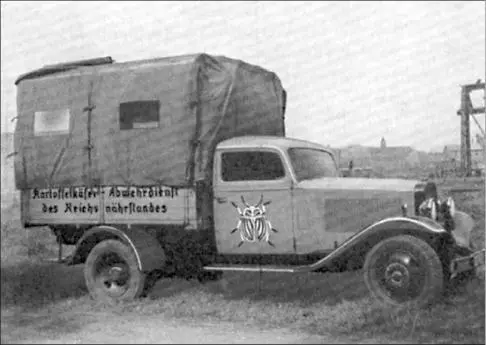
Figure 3.7 A Reichsnährstand beetle wagon in the Saarland, July 1936.
( Nachricthenblatt für den Deutschen Pflanzenschutzdienst 16, no. 7, 1936: 53)
The next year, 1935, the presence of the enemy was detected 20 kilometers from the German border in France. That led to the quick creation by the BRA of the Kartoffelkäfer-Abwehrdienst (Office of Defense from the Colorado Potato Beetle)—in the framework, of course, of the RNS structure. A connection between this new office and the local populations was established by a local representative (Vertrauensmann), who had a Colorado Beetle demonstration kit with the bugs in different development stages to instruct the rest of the population. [73]Children were actively involved in the defense strategy, with the BRA designing and distributing school calendars depicting colored images of the insect in its various forms. [74]The first child to detect a beetle in a field was awarded the Kartoffelkäfer-Ehrennadel (Colorado Beetle Honor Medal), and those who spotted the insect again in the same area were offered a Colorado Beetle pin. [75]Women were also mobilized to the effort, which was officially part of the Battle of Production, and were offered short training courses on how to identify the main enemies of the German potato crop. [76]The beetle thus became one of the best-known insects among the whole German population, and the effort to eradicate it became an effective way of getting rural people, children and women included, to participate in the defense of the fatherland. After the issuing of the Plant Protection decree of 1937, participation in search days (Suchtagen), in tight columns as described above, would become mandatory. [77]
Читать дальше
